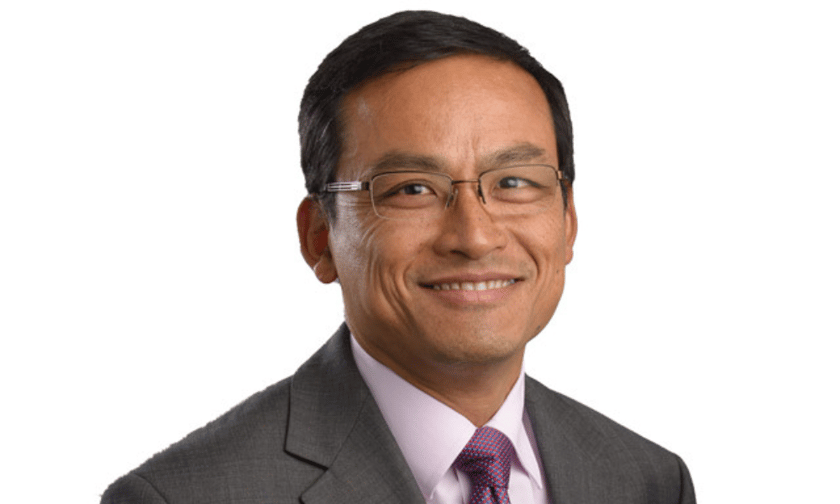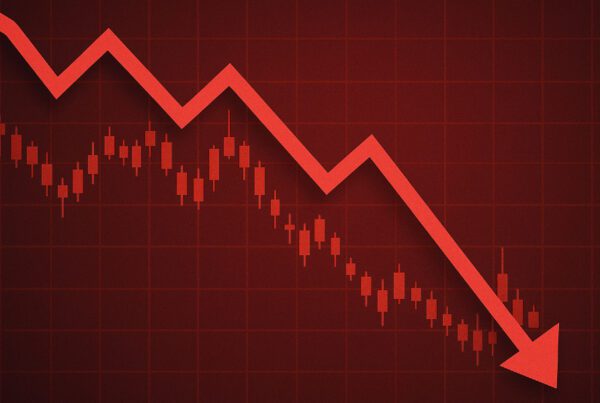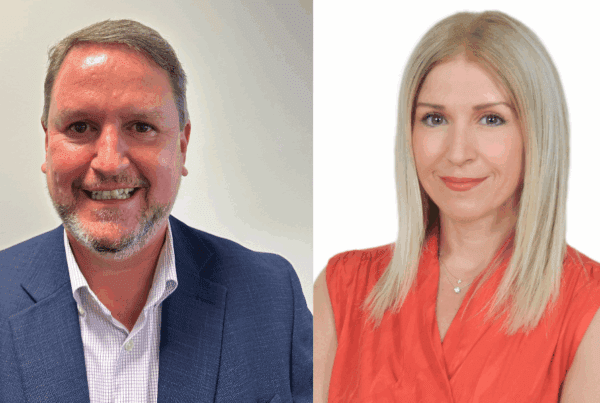“It has taken 17 years to get to that point”

Earlier this year, AM Best revised its market segment outlook for the global reinsurance industry to positive, for the first time ever, citing robust profit margins along with higher attachment points and tighter terms and conditions as the reasons for its revision.
In a market briefing at Rendez-vous de Septembre in Monte Carlo, leaders from across the rating agency giant gathered to discuss the unique conditions of this hard market – and why they think this cycle is different to previous ones. Offering a comparison with previous hard cycles, Carlos Wong-Fupuy (pictured), senior director of global reinsurance ratings at AM Best, noted that they tend to be triggered by a significant large event which erodes capital and puts pressure on the solvency of a number of companies.
“That would trigger a sharp increase in rates within a relatively short period of time,” he said. “That’s what we saw in 1992, 2001 and 2006. Something that has changed that dynamic in the last few years has been interest rates. 2011 was a year when we had significant cat activity, but very low interest rates. We had a market awash with capital, the movement in rates on lines was very localized in the particular regions affected by these events.”
How the re/insurance cycle has evolved
The last heavy cat year seen by the market was in 2017 – which brought storms Harvey, Irma and Maria – and the market, since then, has seen a slight recovery in prices. Wong-Fupuy noted that this was a ‘price discovery phase’ and a very gradual process., with every year seeing the market asking when the market might stabilize. “It wasn’t until the renewals in 2023, when we had that step change and it was very clear… that we could see that hardening in the market.
“But one of the things that we have to realize is that it was only last year when we saw prices actually getting back to the levels last seen in 2006. So it has taken 17 years to get to that point.”
Also impacting conditions is the impact of the increase in interest rates. He identified the long period of low interest rates that started in 2008 and began to correct in 2017/2018. The stimulus measures of the COVID crisis then negated those previous movements in rate, he said, so it has been a prolonged period of correction. However now, after the excellent results delivered last year, conditions are such that the situation is likely to stabilize at a higher point, and remain the case for at least a couple of years.
Greg Carter, MD of Analytics highlighted that historically, within the re/insurance industry, there has often been a correlation between the impact of higher interest rates and cash flow underwriting, which actually led to softer market cycles. But this cycle is different, he said, and it’s important to flag that the expectations of investors – because of the poor returns delivered for so many years – is another factor driving the hard market.
What’s behind AM Best’s latest revision?
Examining AM Best’s revision of the market’s outlook to positive, Wong-Fupuy highlighted that it’s a decision informed not just about pricing, but largely about the de-risking of the segment. “The changes in terms and conditions, the increase in attachment points and the tightening of wordings are as important, if not more important than the prices themselves. That’s why we believe that these underwriting margins are sustainable in the short-to-medium term.
The role of reinsurers has come back to their historical position as protection for balance sheets rather than earnings stabilizers, he said. He believes that during the time of cheap capital and low interest rates, the allocation of capital was excessive and allowed reinsurers to actually offer capacity that saw them get involved in the high-frequency layers that they are now retrenching from. Their role as capital protectors has now been restored.
“We don’t see the capital depletion that we have seen in previous years,” he said. “Yes, there has been a bit of volatility in capacity, but we’ve made a significant difference between available capacity and dedicated capacity. What we see is that the largest companies have been able to retain profits at significant levels and the market remains very well-capitalized.
“The way that capital is being utilized has become more efficient. Obviously, companies are being more careful, more cautious, on how they deploy that capital, but at the same time, we don’t see the need, we don’t see pressure for new capital entering the market. We don’t think that that’s impossible, but it’s unlikely to see disruptors in the market, as we had seen in previous cycles.”
The evolution of cat activity
What’s also clear is that cat activity in recent years has been more focused on medium-sized to small-sized perils, which the reinsurance segment has been largely isolated from due to changes to its terms and conditions. There is still a distinction between the primary sector and the reinsurance one, he said, and at the moment, that’s a situation which is here to stay – albeit with some room for realignment. “I think it’s very clear that investor appetite is putting lots of pressure on management teams to maintain that discipline, and that is, to a large extent, what explains the lack of emergence of new entrants as well.”
Recent years have seen an increase in demand for more complex risks, he said, and the reinsurance sector definitely has a role to play in the broader economy. AM Best sees the segment as being well-positioned to take advantage of those opportunities. As to what might dramatically change the current situation, he highlighted the impact of significant changes in economic trends, including interest rates. “At the moment, we see some decline in interest rates and some control on inflationary pressures, but they’re still at a higher level than what we have seen just two or three years ago.
“And companies, despite the fact that they are benefiting from those higher investment returns, we don’t think that they are factoring that as something within their underwriting strategies. On the contrary, the focus is on underwriting quality and taking any investment return simply as a benefit which is not a key part of their business plan.”
Keep up with the latest news and events
Join our mailing list, it’s free!




